Franz Liszt in Weimar
The series about historical places of opera art & culture. Get to know exciting excursion and travel ideas for opera lovers. This time: Franz Liszt in Weimar.
All Destinations on google maps with links to detailed Blogposts:
Franz Liszt in Weimar

Weimar was one of the most important stations in Liszt’s life. From 1842 until his death in 1886, Weimar was his temporary and partial center of life. Liszt’s connection to Weimar began in 1841 with a concert at which the music-loving Princess Anna Pavlova was able to recruit Liszt for an extraordinary position as Kapellmeister at the court theater. In a side trip to Dresden, he heard Wagner’s Rienzi and got to know the composer. The visits to Weimar remained sporadic, however, and only after Liszt met Carolyne zu Sayn-Wittgenstein in 1847 did Liszt settle with her in Weimar as a regular Kapellmeister and they moved to the Altenburg, where his most productive composing activity began, which lasted for 12 years in relative seclusion and culminated in his Piano Sonata in B Minor. It was here that Richard Wagner visited him in 1849 on his flight from Dresden, during which Liszt helped him to escape on to Zurich. A year later, the premiere of Wagner’s “Lohengrin” took place at the court theater in Weimar, conducted by Liszt, with the composer absent, stuck in exile in Zurich.
Liszt became involved with many composers at the court theater, the most frequently performed remaining Wagner with 36 performances, whom he also privately supported financially. Liszt worked in Weimar as a piano padägoge later famous musicians. Hans von Bülow, Emil von Sauer, Carl Tausig, Peter Cornelius and many others were often in Weimar with Liszt. Because his wife had inherited richly, Liszt was able to forgo a fee, and many of the students became a conspiratorial group that formed the core of the New Germans (in later rivalry with the traditionalists around Brahms and Hanslick). In 1859 Liszt left the Kapellmeister post when the performance of the “Barber of Bagdad” was hissed out.
Beginning in 1869, he returned to Weimar during the summer months, where the prince made a floor available to him in the residential building of the court nursery. Here Liszt devoted his time to the many students who visited him.
Destination Hoftheater
Goethe had taken over the direction of the court theater in 1791 and, together with Schiller, led it to flourish. Later Maria Pavlovna, wife of Grand Duke Carl Friedrich of Saxe-Weimar-Eisenach, developed it into a musical theater and hired Franz Liszt as court conductor in 1842. The theater subsequently became an important cultural center. At the beginning of the 20th century, a new theater building was constructed on the same site.
Nationaltheater Weimar:
https://www.nationaltheater-weimar.de/
Destination Liszt house in Weimar
This was the original location of the grand ducal court gardener’s house and the seat of the court gardening department. The upper floor of the gardener’s house was refurbished in 1869 for Liszt’s occupation. Today it is a music museum under the name “Liszt House”. The living room and study as the central salon as well as the bedroom have been preserved in their original furnishings. The Liszt House can be visited, it is a permanent exhibition museum on two floors. Many memorabilia can be seen in the rooms and through the informative audio guide one gets an excellent insight into Liszt’s life.
Liszt Salon with Bechstein grand piano:
Liszt in the gardener house (historical photo):
https://www.klassik-stiftung.de/liszt-haus/
Destination Altenburg
Liszt, together with his wife Carolyn von Sayn-Wittgenstein, made the Altenburg a cultural meeting place with European appeal for 12 years. Again and again celebrities found themselves in his salon, which became the center of the New Germans (with the initial Liszt and Wagner). Liszt lasted a long time in little Weimar, and the following bon mot made the rounds: “Old Weimar is a large city with 13,000 inhabitants. Neu-Weimar is a small community, but it has 13,000 enemies”. When Liszt left Weimar, the entire interior of the Altenburg, which housed an immense amount of memorabilia, was dissolved and the Liszt House became the center of remembrance. Strauss campaigned for the reactivation of the Altenburg, but this project failed due to the looming First World War. Later the Altenburg became an offshoot of the Conservatory, meanwhile it is a redevelopment case.
Altenburg:

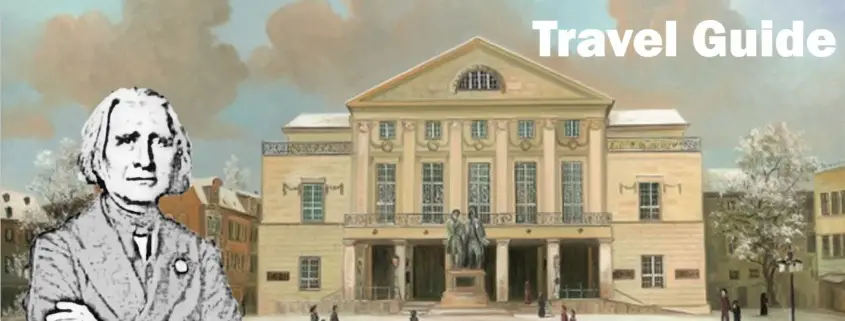
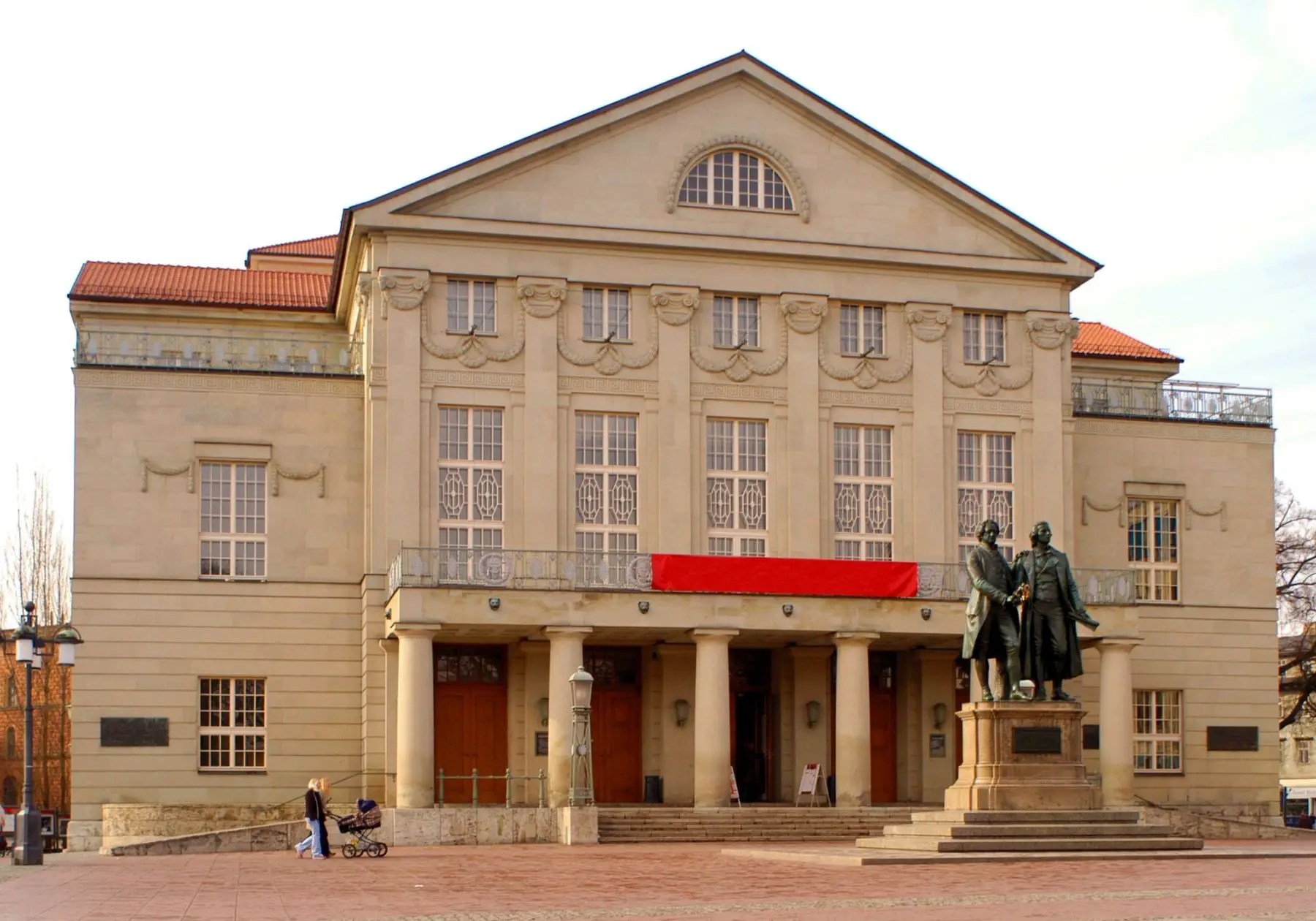
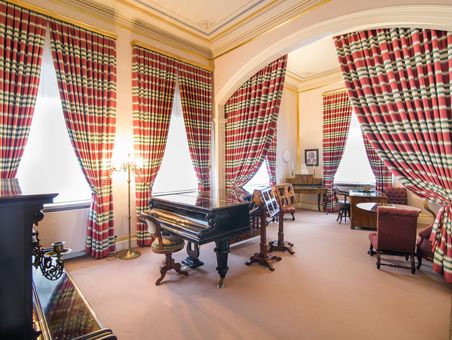
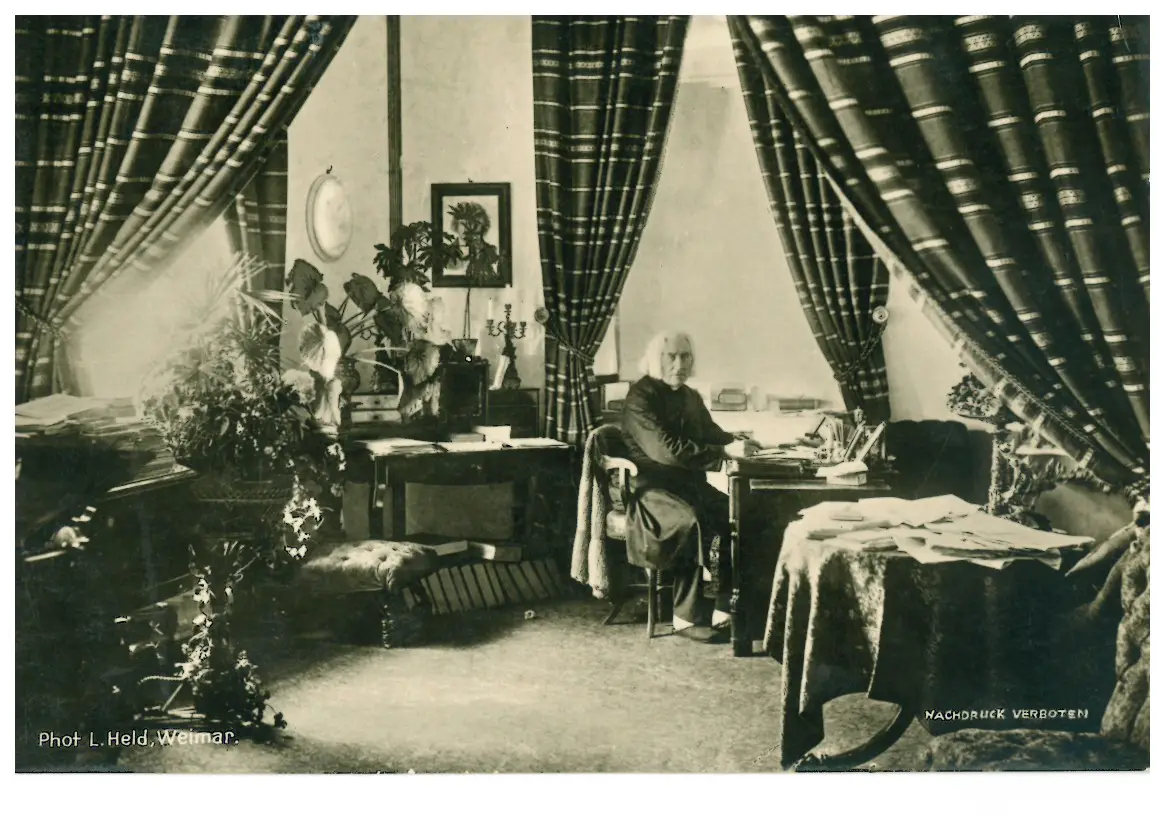
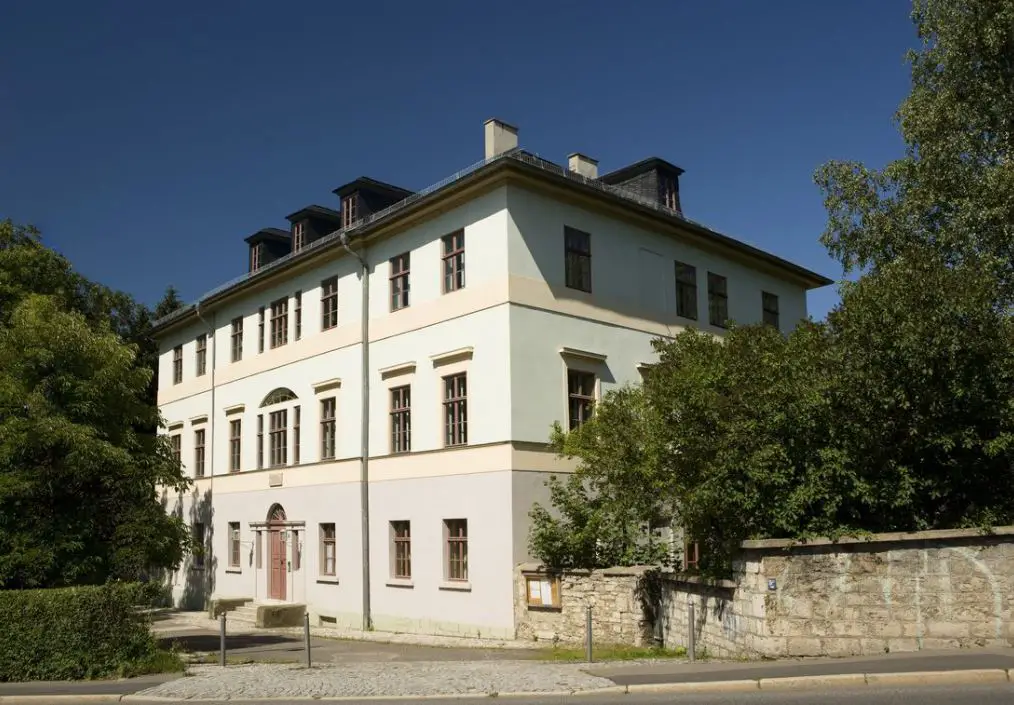


Leave a Reply
Want to join the discussion?Feel free to contribute!